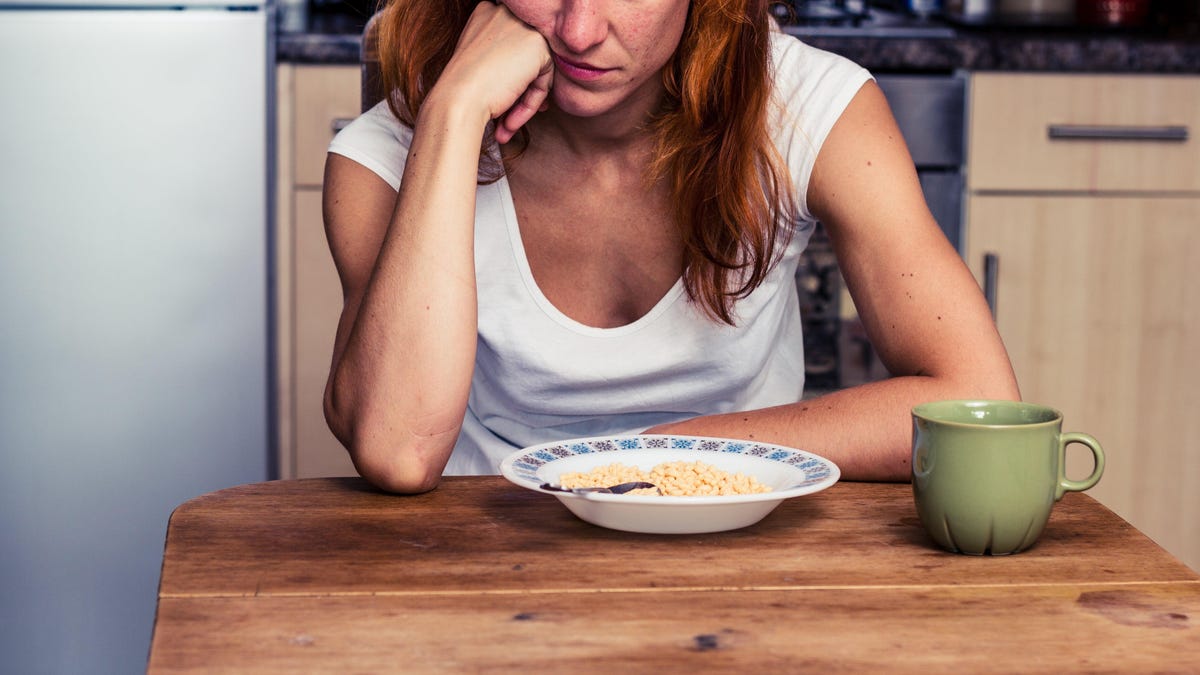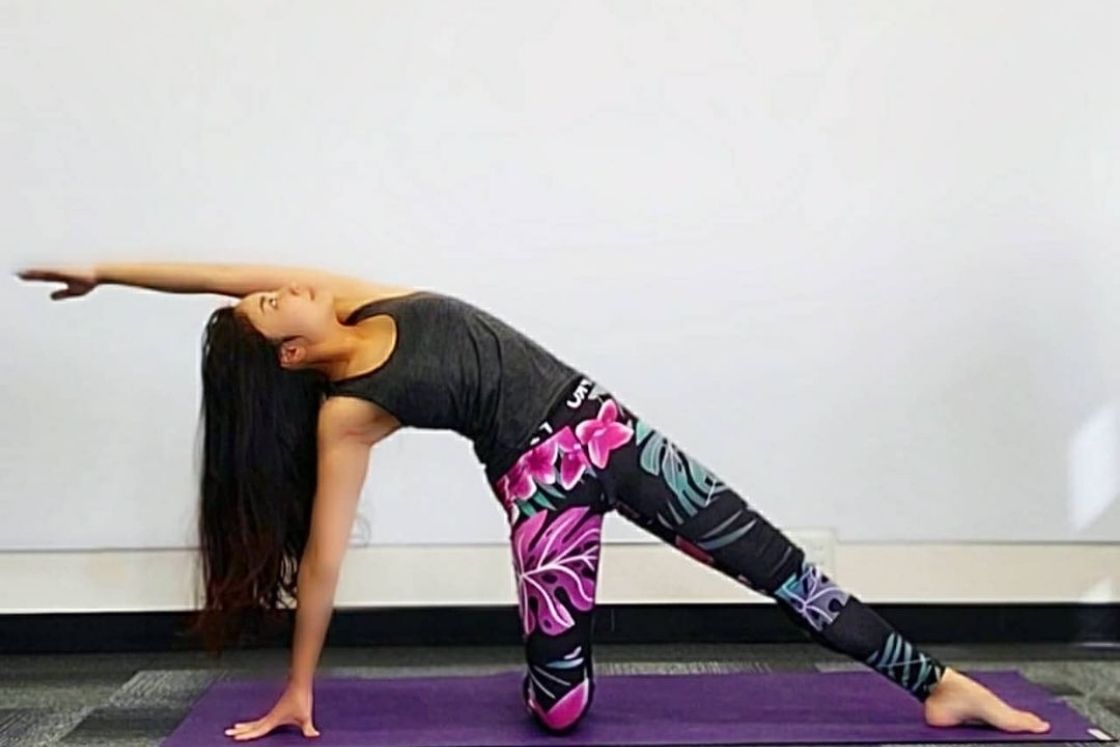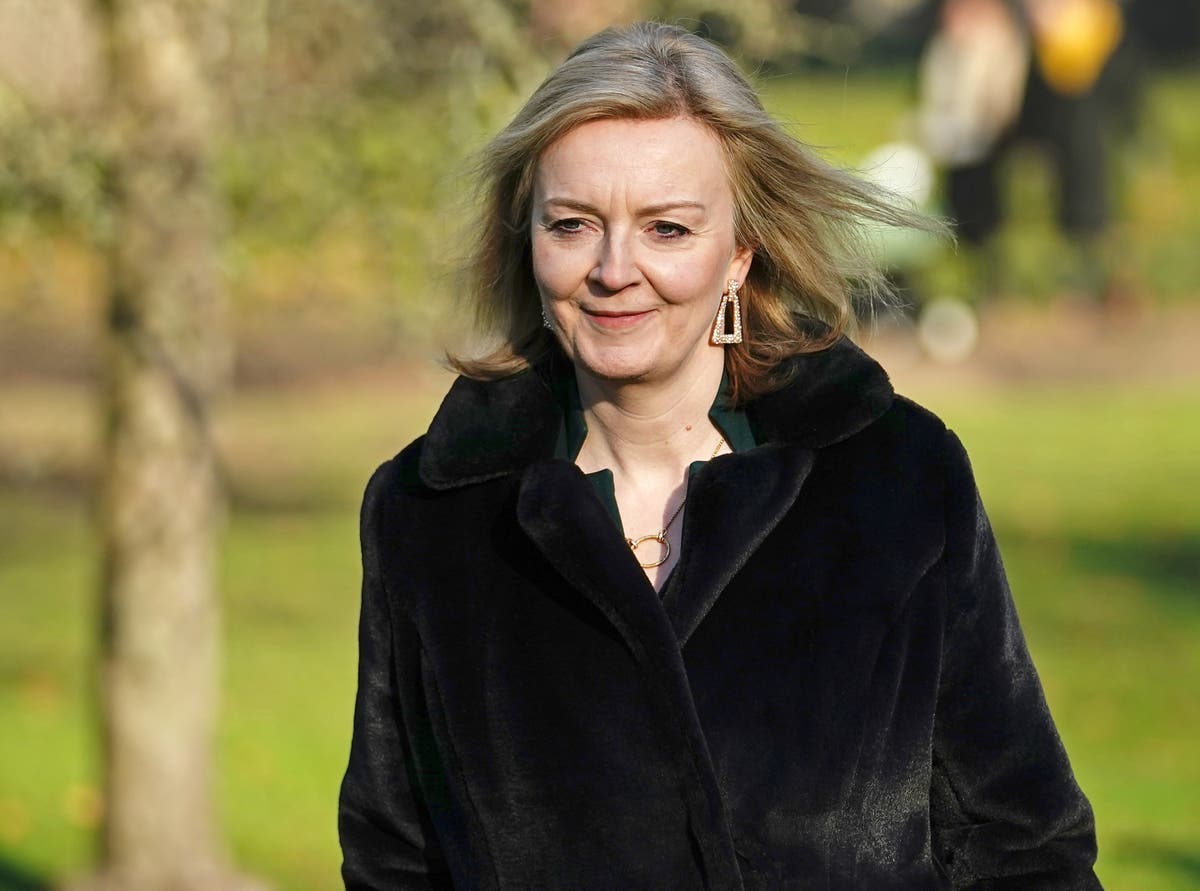'Reverse Dieting' Is Not a Weight Loss Cheat Code
To hear the TikTok girlies tell it, there’s a hack that will let you EAT MORE FOOD! While NOT GAINING WEIGHT! And it’s great if you are SICK OF DIETING! Never mind that one can achieve all those goals...

Photo: Lolostock (Shutterstock)
To hear the TikTok girlies tell it, there’s a hack that will let you EAT MORE FOOD! While NOT GAINING WEIGHT! And it’s great if you are SICK OF DIETING! Never mind that one can achieve all those goals by a simple trick called “not dieting anymore.” No, it needs a name and a strict protocol: reverse dieting.
The basic idea of reverse dieting is that you slowly add a few more calories to your diet every week. So s you normally maintain your weight on 2,000 calories per day, but you’ve been eating 1,500 calories to lose weight. You might then “reverse diet” by eating 1,600 calories a day next week, 1,700 calories a day the week after that, and so on. Eventually you’ll be back up to 2,000 calories, or maybe even more.
This is not a trend that originated on TikTok. The term seems to have come from bodybuilders, whose sport requires that they engage in extreme cycles of bulking (gaining weight to gain muscle mass) and cutting (losing as much fat as possible before stepping on a stage). While the process can create dazzling physiques, it also fucks with your metabolism and overall health.
Reverse dieting is one approach for transitioning from an extreme cut, to maintenance or bulking: Instead of just pigging out the day after your bodybuilding show, you might rather slowly increase the amount of food you eat as you find your maintenance calories again.
This idea spawned the current trend of influencers pitching reverse dieting as the cure for all your diet-related complaints. But it doesn’t work that way.
The science behind reverse dieting
Some of the claims you’ll hear from thin women flexing their abs on TikTok, and from the bodybuilders saying to just trust them, bro, are true. Among them:
G/O Media may get a commission

health
The Lyma Supplement
10 ingredients. One super-supplement.
Lyma makes the next generation of supplements—peer-reviewed and formulated to unlock your potential.
There are also a number of untruths and half-truths that come up. You may hear that increasing your calories too fast after a diet will make your body pack on fat, or that you can add 1,000 calories and still be losing weight, or something something hormones something cortisol. (Scroll long enough on fitness TikTok and somebody will explain that all your problems are due to cortisol. Take a drink.)
In any case, this is where “reverse dieting” comes in. Supposedly the cure to all of these ills is simply that you need to add 50 to 100 calories to your diet each week. The process is slow and requires patience, but stick to it and you too could look like this girl (imagine me moving my head to point at the before-and-after photos I’ve greenscreened behind me) on 2,400 calories instead of 1,200.
So what’s actually true about reverse dieting, and why is everybody so into it? Let’s take a closer look.
When it goes right, “reverse dieting” is just “not dieting” but with more rules
After reading all of those bullet points above, you might think, OK, so why not just stop dieting? You’ll get to eat more food, your body will burn more calories, and from there you can either diet again or—crazy idea here—just not diet anymore. Heck, you could give gaining weight a try.
And that is, in fact, the real answer. Just stop dieting. The world will not end. You can eat food again, and you will be fine. So why reverse diet?
As Eric Trexler, a nutrition and metabolism researcher, puts it here, the original reverse dieters’ goal was to smoothly transition from a calorie deficit, to maintenance, to their first bulk after a bodybuilding contest without gaining any more fat than they needed to. One problem with this approach is that after bodybuilders diet that hard, they need to regain fat. You can’t stay dangerously lean forever, and that’s true whether you’re a meathead or a TikTok girlie.
On social media, reverse dieting is often described as a way of continuing to diet while eating more calories. It’s true that if you’re in a 500 calorie deficit and you’re only adding 50 calories a week, you’ll continue to be in a deficit for a very long time—10 weeks, at that rate. Trexler notes that “this would serve only to delay even the most basic and immediate aspects of recovery, and make [the dieter’s] life unnecessarily difficult.”
Reverse dieting is not a cure for chronic dieting
There are two things going on here, I think. One is relatively harmless. Let’s say you’ve been on a diet and you’re ready to start gaining weight. Instead of eating an extra 1000 calories each day (to go from a 500 calorie deficit to a 500 calorie surplus), you can eat an extra few hundred this week, and add a few hundred more next week, and so on. You’ll be less surprised by changes in your weight (eating more food means there’s more food in your belly, so the scale might tick up a bit just from that) and it may be easier to figure out approximately how many calories you should eat going forward.
But that’s not how it’s being described on social media. Thin women are telling chronic dieters that they can eat more food while continuing to be very thin, if only they follow a strict reverse dieting protocol. But the strictness and the expectations can be damaging on their own.
For an extreme example, check out this video from a registered dietitian and eating disorder specialist. She describes a woman who was getting help for eating disorder recovery. The woman had such a low body weight, with associated health issues, that the dietitian says she “need[ed] to gain weight immediately.” But instead of following guidance from her care team that would have her gaining a pound a week, she secretly put herself on a reverse diet protocol. By adding just 50 calories each week to the too-low amount she was already eating, it took her three months to gain a whole pound of body mass—basically delaying her recovery by three months.
And here’s where I think we need to take a closer look at why reverse dieting posts are so popular in corners of social media that are focused on weight loss. While eating more sounds healthier—it’s a good start!—following a strict reverse diet is just another way of restricting.
Reverse dieting is sometimes just a way to restrict more
Let’s say, as in many of the examples on TikTok, that you are somebody currently eating 1,200 calories (officially a starvation diet) and no longer losing weight. Even if you are a small woman who never exercises—maybe because you don’t have the energy?—a healthy amount of daily calories will likely be 1,600 or more. So you’re supposed to eat 1,250 next week? And then 1,300 the week after that? At that rate, it would take eight weeks to get you up to the number that should be mere maintenance for you. Even if you don’t have an eating disorder, you’re creating the same problem for yourself as the ED patient in the dietitian’s case study.
What’s even more concerning to me is that 50 or even 100 calories is an extremely precise amount. If I’m aiming to eat 2,000 calories a day, maybe some days I’ll have 1,950 and some days I’ll have 2,100. Over time it balances out. But if you’re trying to hit exactly 1,850 and not 1,900 (because 1,900 is next week’s target) you’ll have to track your food meticulously. This is the kind of lifestyle where you’ll be weighing your toast before and after you spread the peanut butter, and you won’t want to eat at a restaurant, because how many calories are in each menu item? What if they’re heavy handed with the sauce?
In my scroll through #reversedieting TikTok, I found women saying that they had to miss out on family meals and deal with concern from their friends during their reverse diet. Clearly, they have not taken a step very far out of diet-land. For these folks, it actually seems like the “reverse” is essentially a way of extending their diet. You could be eating at maintenance for those eight weeks, but you’re restricting instead. And then what? Reverse dieting is often described as a way of increasing your calorie burn so you can diet again.
Even when the influencers show themselves gaining muscle and eating genuinely healthy numbers of calories (assuming that the numbers they cite are true), it’s still all couched in language around leanness and thinness, and features photos of their abs. Prioritizing leanness even while gaining muscle is some backwards-ass shit. It’s okay to not be able to see your abs while you are trying to make yourself bigger. As strongman JF Caron famously put it, “abs is not a thing of power. Is just a sign you don’t eat enough.”

 Astrong
Astrong 

































